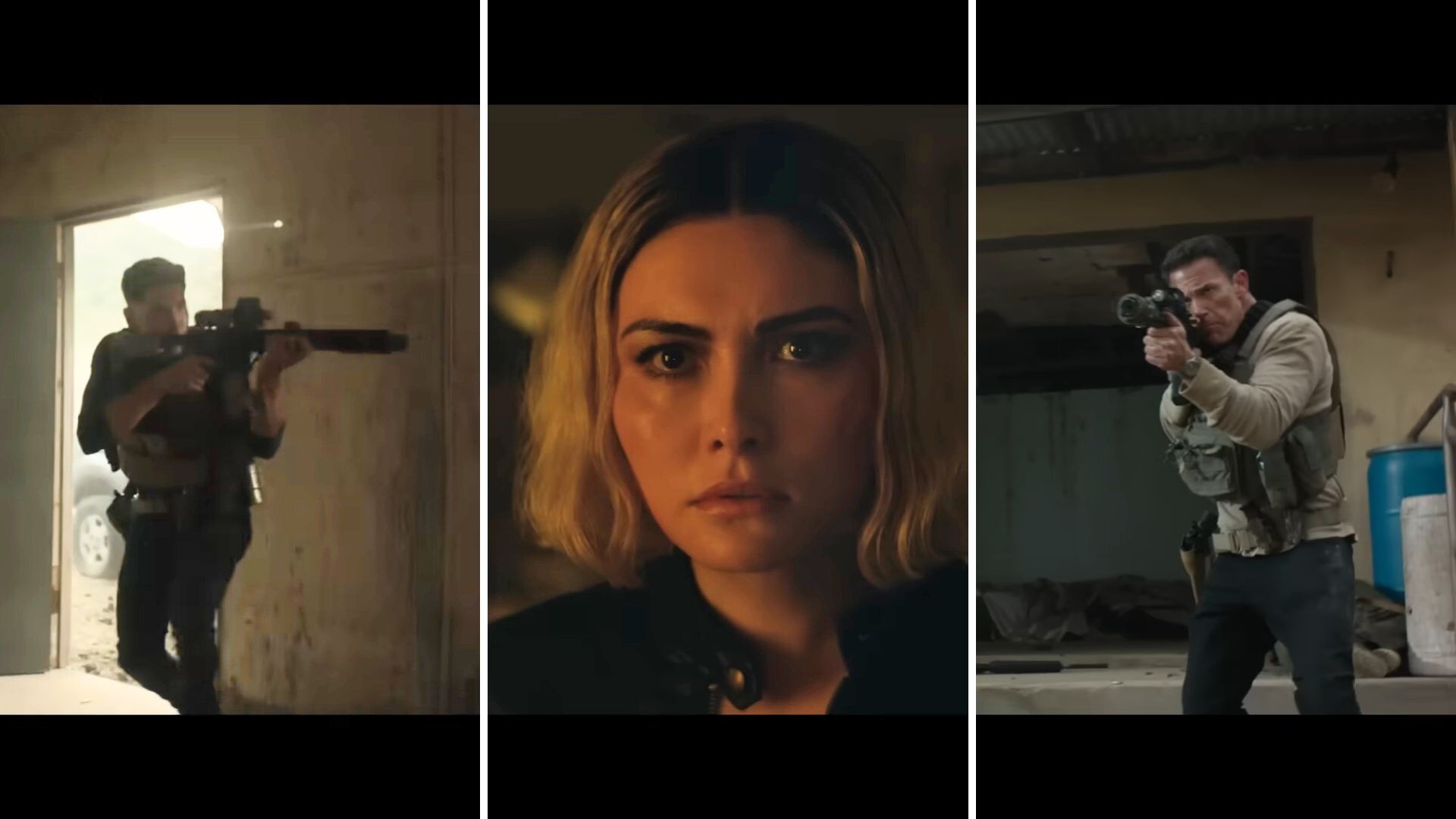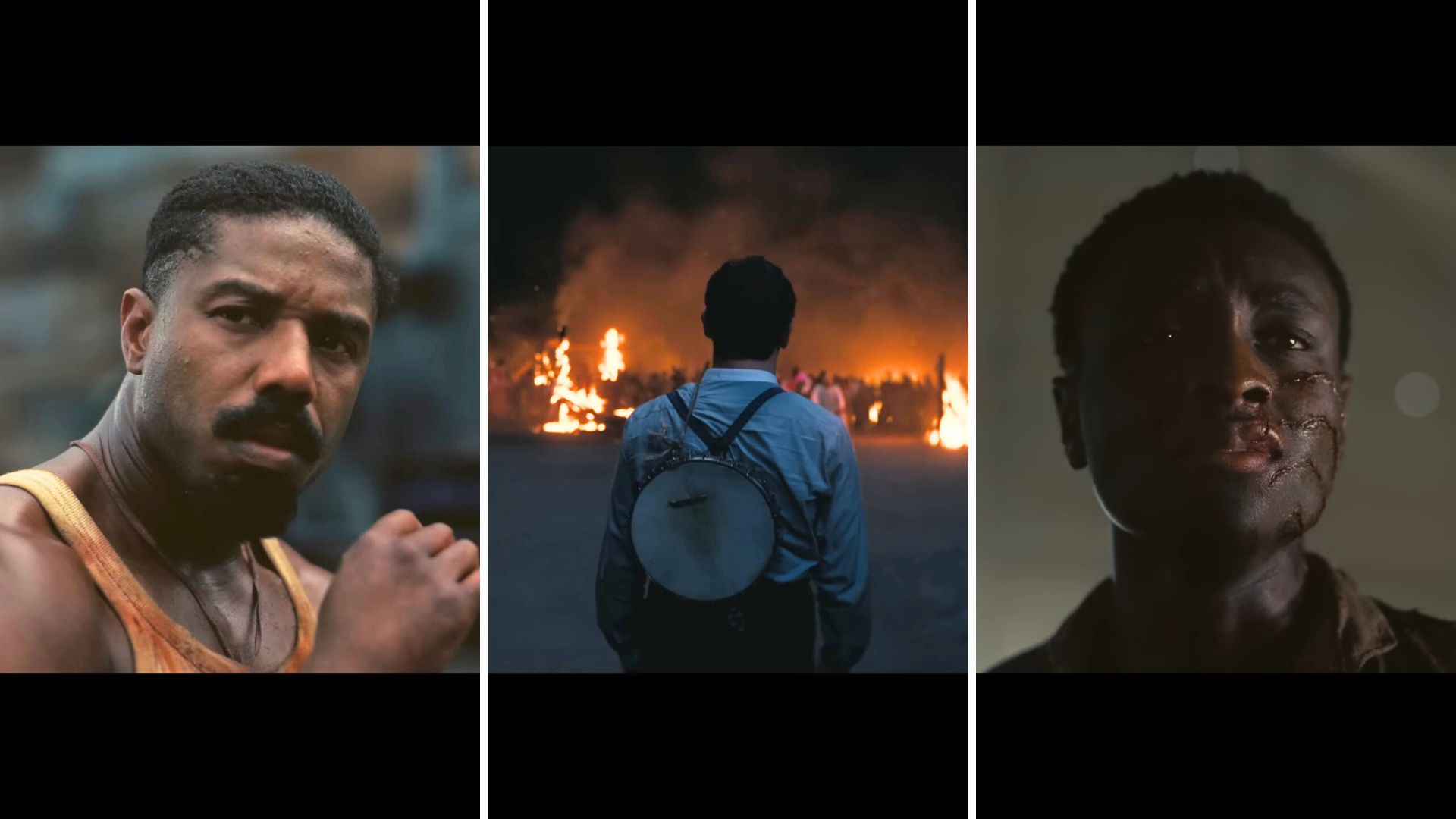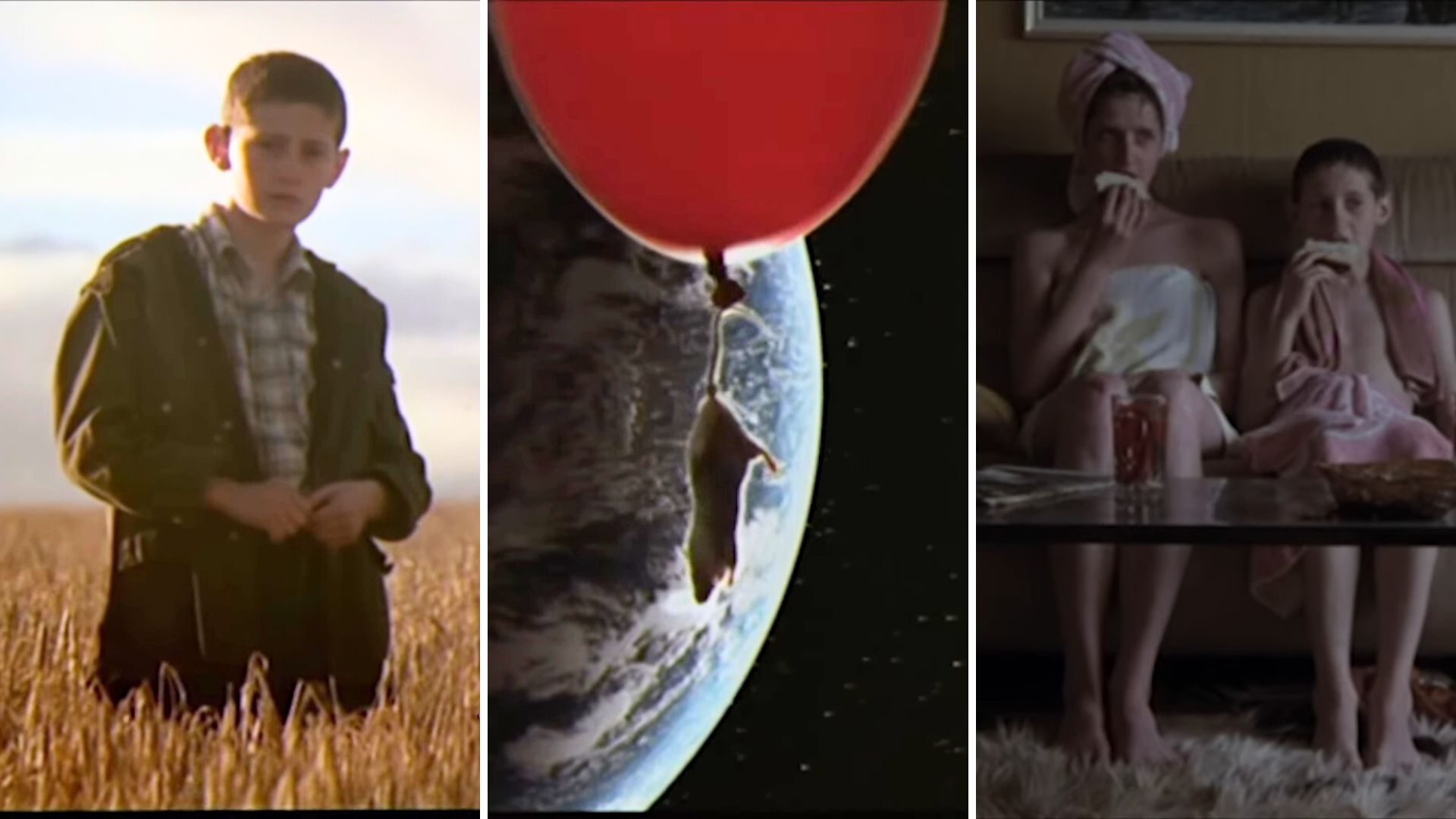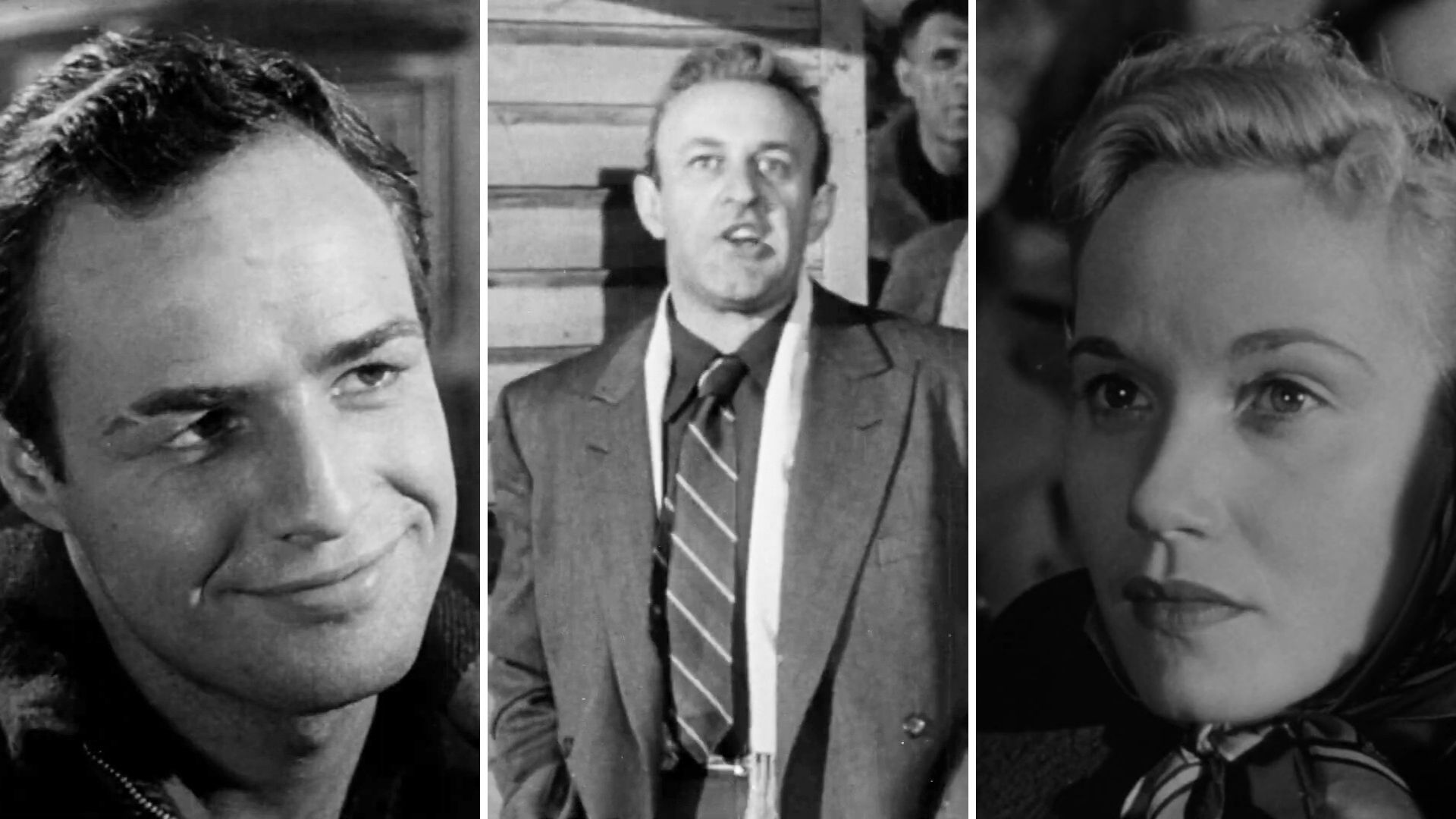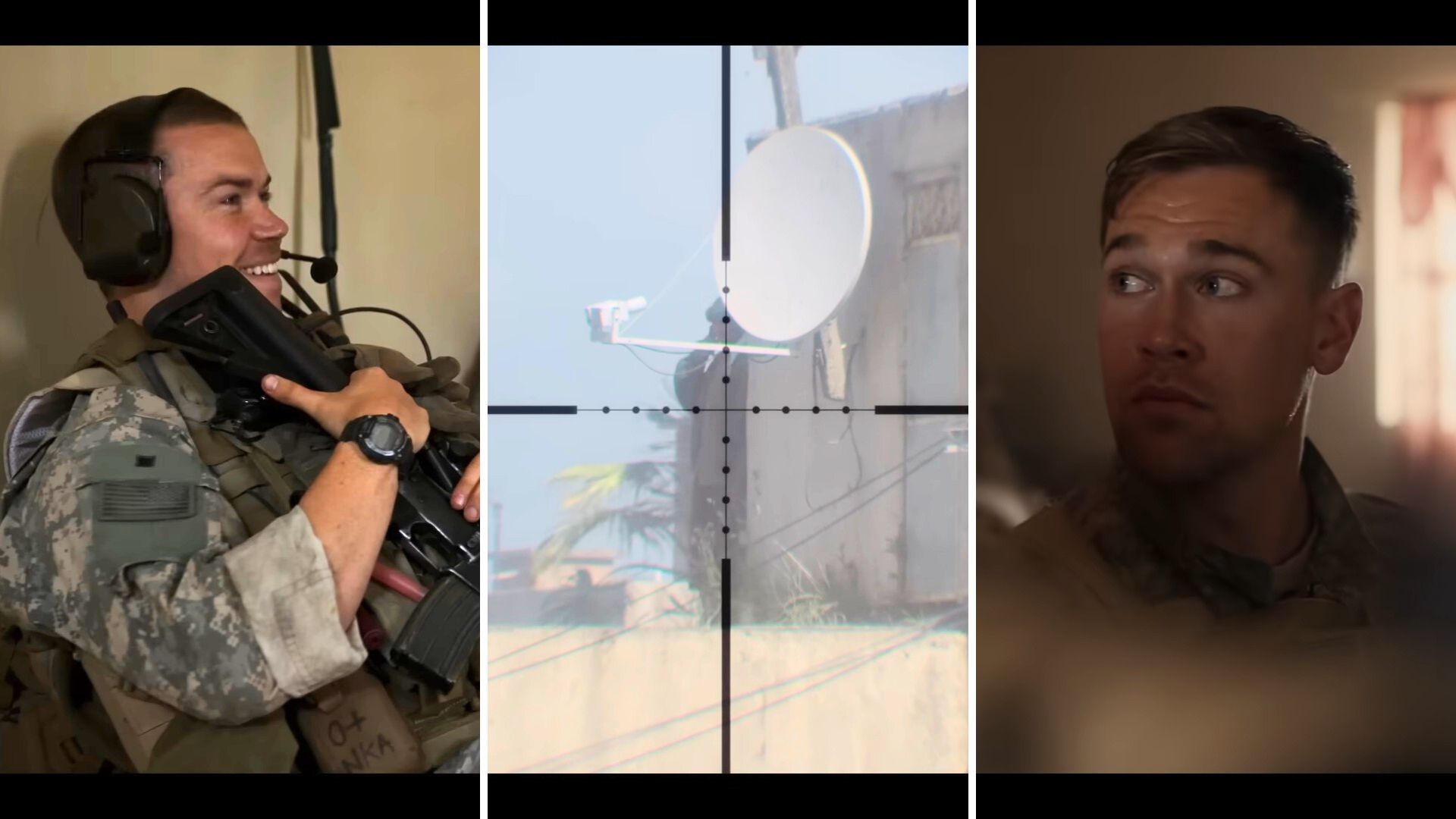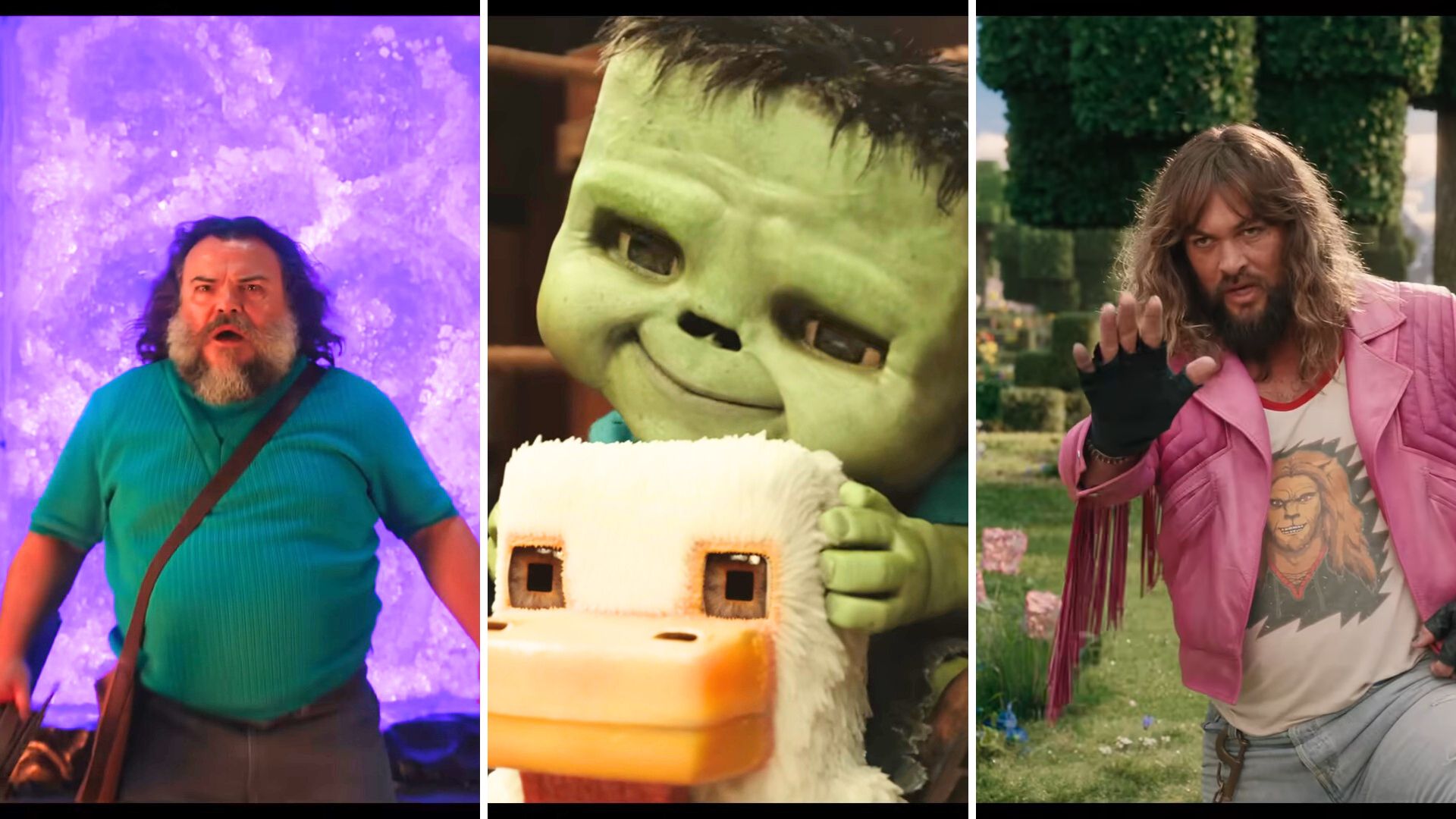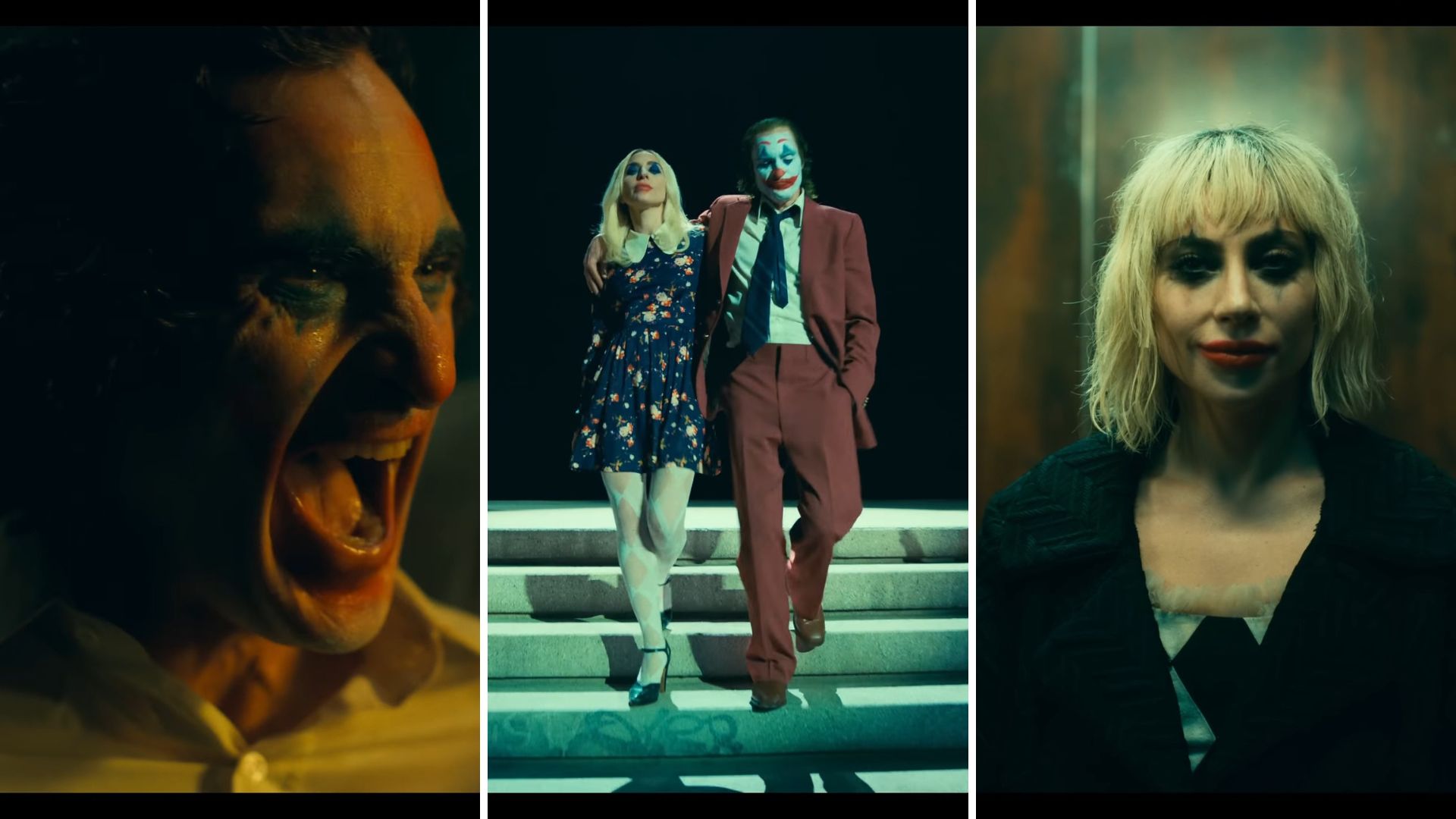
Todd Phillip’s 2019 film Joker was not a film that needed to be made. It was a standalone movie with no continuity to the larger-then-ongoing DCEU that featured one of pop culture’s most prominent villains. A villain who had been played impeccably in the past by supremely talented actors. Joker Folie a Deux feels even more out of place as a continuation of a finished story set in a mental institution that moonlights as both a musical and a courtroom drama. Despite all odds though, Joker Folie a Deux is an excellent film made better by the technical direction.
Joker Folie a Deux, much like its predecessor, takes a ton of inspiration from cinema classics. While Joker was a mix of two Martin Scorsese greats, Joker Folie a Deux is part One Flew Over the Cuckoo Nest, part Singing in the Rain, and part True Crime documentary. It’s an incredibly well-realized film that’s elevated by stellar performances from the two leads and impeccable direction from Todd Phillips and his staff.
Joker 2
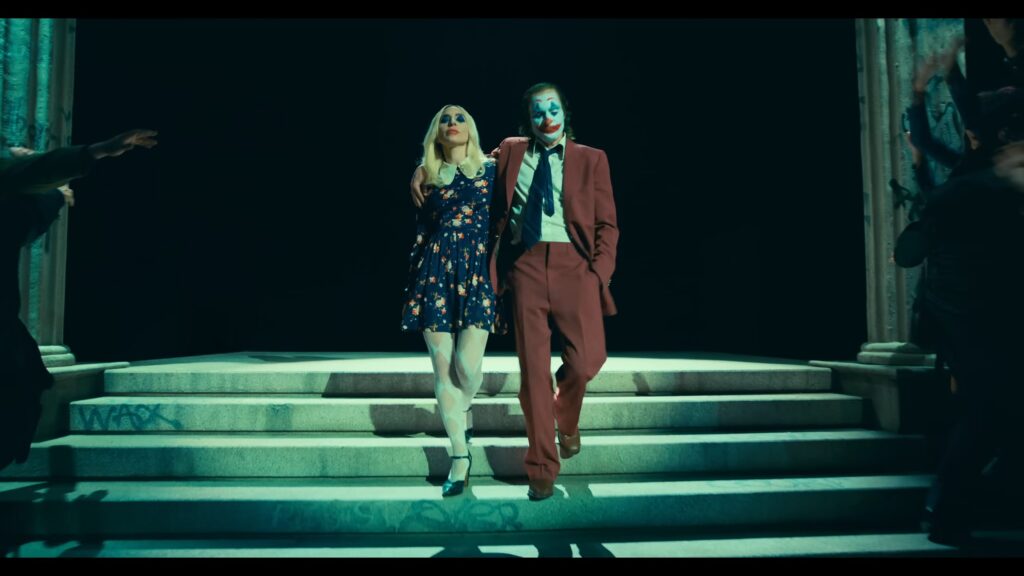
Joker Folie a Deux opens with a silly Saturday morning cartoon-type sequence depicting Arthur Fleck and his shadow. From the jump the film lets you know that this movie doesn’t exist in reality. It’s a movie about a mentally unstable man and the world existing inside his head. The cartoon fades and we are introduced to the real world of Arthur Fleck aka Joker. He lives in a gray confined Arkham Asylum, feigns cigarettes from abusive guards, and forced to defecate in a small metal bucket. It’s a bleak world that’s captured in long sweeping shots bathed in cold tones.
The plot focuses first on Arthur and his lawyer preparing his defense for an upcoming trial based on his actions in the first film. His lawyer insists on an insanity plea. She claims that Arthur and Joker are two distinct personalities and that he should use this argument to avoid the death penalty and potentially a trial altogether. Meanwhile, Arthur meets a fellow Arkham inmate, the beautiful Harleen “Lee” Quinzel played by Lady Gaga. Her infatuation with him soon clouds Arthur’s judgment, causing him to forgo trial preparation and instead play out romantic fantasies inside his head.
Turning a Villian into a Villian
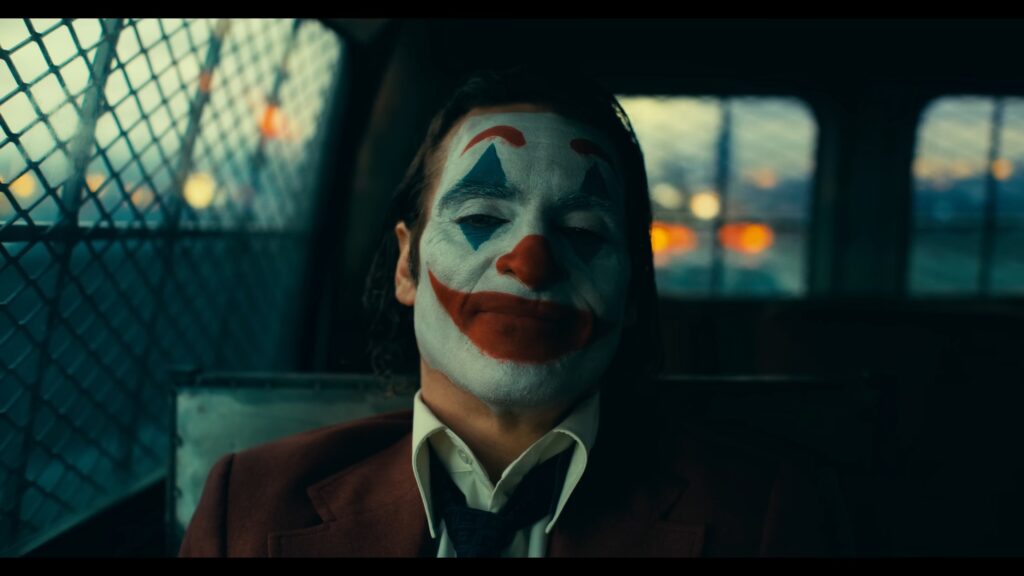
Joker Folie a Deux is a film very much in conversation with its predecessor. Todd Phillip’s original Joker film paints Arthur Fleck as a Travis Bickle-esque character out for vengeance against those who have wronged him. Joker, much like Scorsese’s Taxi Driver, ended up being a bit misunderstood about who the actual villain is. It’s a tough tightrope to balance for any filmmaker but the lines get increasingly blurred when bringing a beloved, albeit psychotic, character to life. Arthur was both despicable and relatable in the first film and Joker Folie a Deux aims to clear this message.
Arthur Fleck in Joker Folie a Deux is an incel in every sense of the word. He is a mentally unstable man who has delusions of grandeur portrayed stylistically as all-out musical numbers with his new beau. There is a sharp contrast between the world Arthur inhabits and the one that’s a fantasy. This juxtaposition is stark and clearly delineates when Arthur is present and when he is lost in his mind. It’s a wonderful conceit that gives us both the movie we want to see and the movie Todd Phillips wants us to see.
Breaking the Fourth Wall
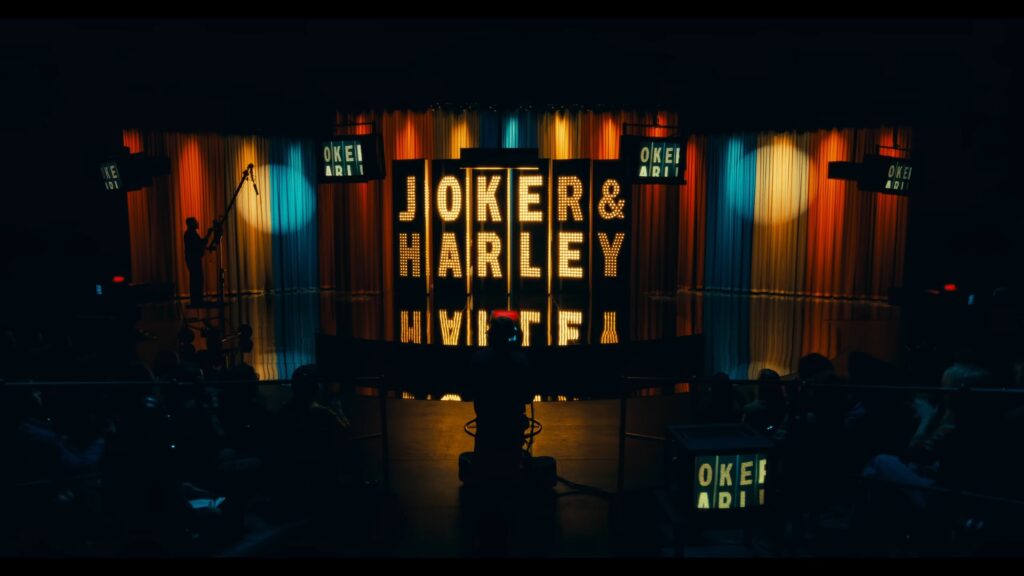
There is a moment about halfway through the film where Arthur imagines him and Harley hosting a Sonny and Share type variety show. By this point in the movie, the audience is well aware of Arthur’s imagination and what his delusional mind place looks like. About halfway through their song and dance, Joker turns to Harley and says “I don’t think we’re giving the people what they want.” It’s an almost fourth-wall-breaking moment of Phillips toying with the audience. Up to this point in the film we’ve seen little of Joaquin Phoenix in his Joker makeup, little violence, and spectacle only in the moments of delusion. We’re not watching the rise of Joker, we’re watching the fall of a deeply unsettled man.
This idea is what makes the film truly shine. There is a lot of Joker Folie a Deux having its cake and eating it too. This isn’t a movie about The Joker, it’s a movie about an incel. But by having these delusional dream sequences, we get to see stylized violence from the clowned killer. There isn’t a big sprawling crime epic, but there are hints of unrest boiling below the surface of the trial. And this isn’t a movie with heroes, it’s one only of villains.
Joker Folie a Deux and our Obsessions with True Crime
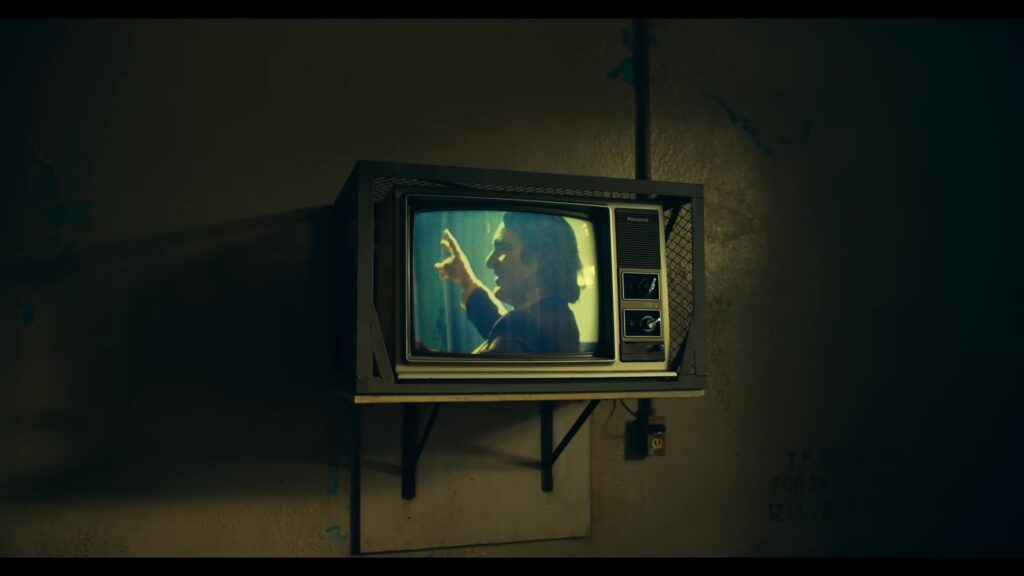
About half of the film’s runtime takes place either in the courtroom or surrounding Arthur’s trial. Many of the elements of the trial are shown on small old-school TV’s in storefront windows and prison rec areas. It so clearly mimics other highly televised trials we’ve seen countless times in the numerous True Crime docs released on an almost weekly basis from Netflix and HBO. The imagery hearkens back to the OJ trial and takes direct inspiration from the trial of Ted Bundy. So much so that eventually Arthur decides to fire his lawyer and represent himself.
Joker Folie a Deux really wants us to take a look at ourselves and we why find these stories so entertaining. Not just true crime stories, but villain stories in general. The problem the film doesn’t ever fully grapple with, is its desire to tell a cautionary story and its need to tell a good one.
Joker as the Ultimate Villian
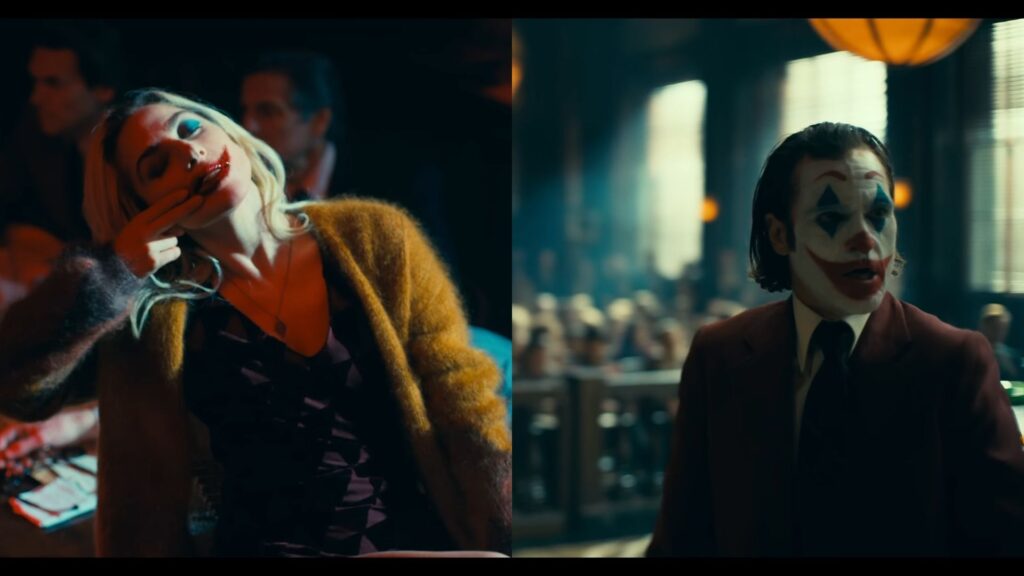
Anti-hero stories are easy to sensationalize but almost impossible to do right. The best are typically done in years-long arcs with Breaking Bad and The Sopranoes being the gold standards. Joker Folie a Deux has to make you sympathize and simultaneously hate Arthur Fleck. It’s a difficult undertaking but one I felt the film nailed while also providing a commentary on those who worship him.
The ending of Joker Folie a Deux, one I won’t spoil here, is the ultimate example of Todd Phillips catering to both audiences. It’s also the part of the film that works the least. While the ending doesn’t entirely ruin the film, it does provide the sensational ending audiences want but one the film has fighting against for its entire runtime. It doesn’t destroy the preceding two hours, but it does soften its strongest themes. Joker Folie a Deux is a mirror for society, but one that also allows us to enjoy the chaos we can’t keep our eyes off of.




